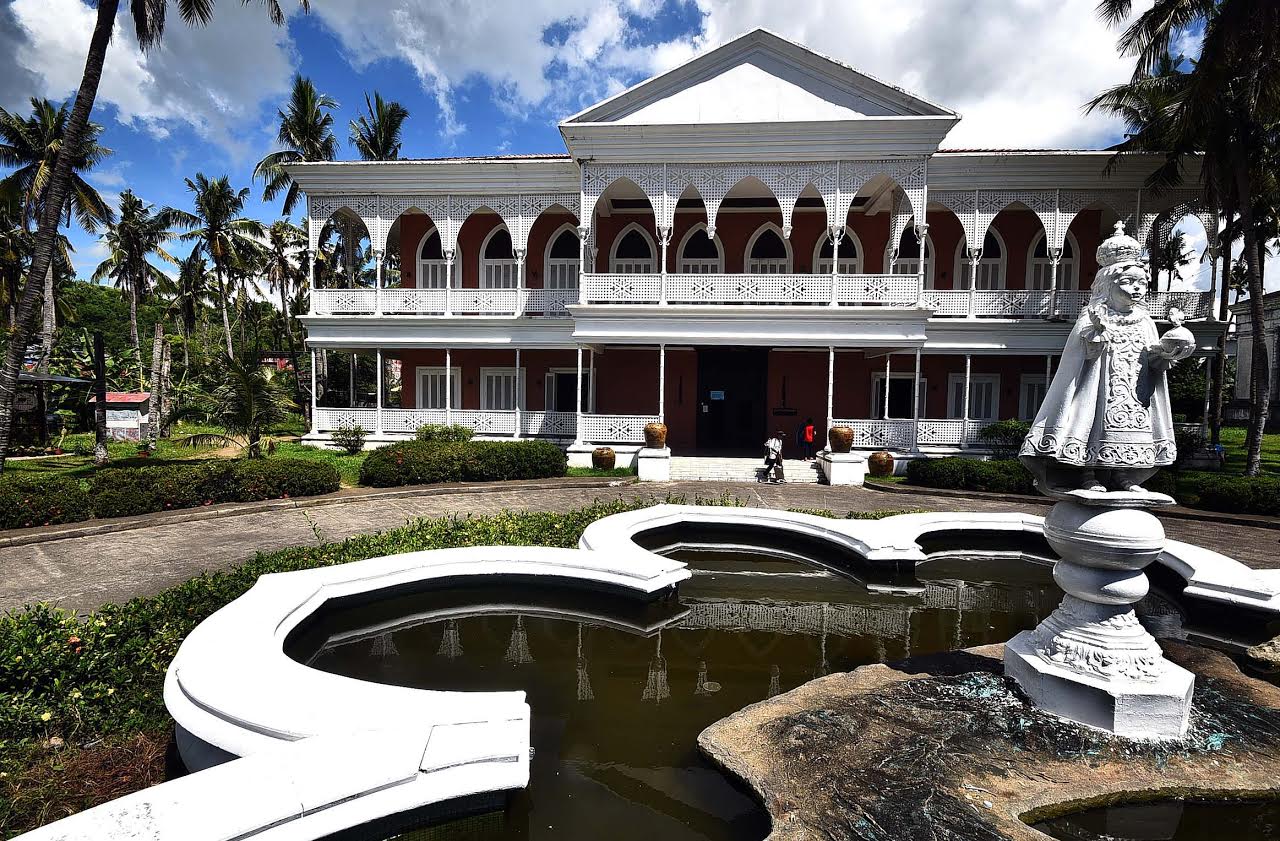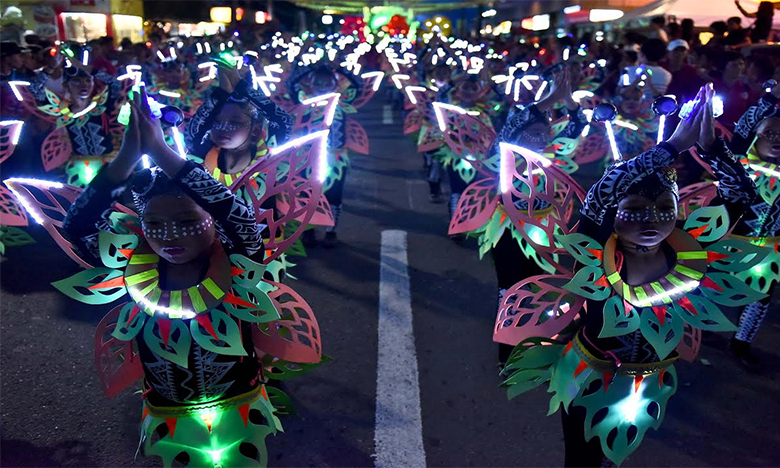By Robbie Pangilinan
Tacloban City has just celebrated the 128th Sangyaw Festival, a month-long celebration that featured a motorcade, the inauguration of the Sangyawan Park at the Balyuan Grounds, a Job and Business Fair, Battle of the Bands, the Balyuan Rites, Golf Tournament, National Jet Ski Competition, Miss Tacloban Coronation Night, Mr. Sangyaw Tacloban, Sangyaw Foundation Ball, Waray Talents Concert, Fiesta Trade Fair, Fluvial and Land Processions, and Pontifical Mass.
The highlight of the Tacloban Fiesta is the Sangyaw Parade of Lights which features decorated floats bright with LED (Light-Emitting Diodes) lights and street dancers partying to the upbeat “Sangyaw Theme.”

Tacloban is a city that has risen from the devastation of super typhoon Yolanda in 2013. The Sangyaw Festival is the city’s way of showing the world that the future is bright and full of hope. Filipinos and foreigners troop to Tacloban to witness the festival.
“Tacloban is now number one in Region VIII in terms of growth rate,” beams Mayor Cristina Gonzales-Romualdez.



The city is known as the hub of the region because there is an airport with jets and air buses. Kalanggaman Island is also gaining popularity as a tourist destination.
Since 2013, there has been an increase in tourists coming to the city, according to the regional tourism office. Pre-Yolanda, Tacloban used to have 43 hotels. Today, there are 75. One of the big malls extended and opened an annex; still another one is opening in the north. Four malls and a couple of large supermarket chains have also been established recently.
“The city is booming in terms of business, but right now, we’re focusing on the new townships in the north because after Yolanda, many people who lived near the shoreline were affected so we needed to look for homes them to live in safe areas. The National Housing Authority builds the houses and the city’s counterpart is the land. We have almost 8,000 homes in the north but we are targeting 15,000 homes for 15,000 families,” reports the Mayor.
She adds that the University of the Philippines is also moving to that town where a hundred hectares is waiting. The regional hospital, ABRMC, is almost finised as well. More than three hectares of the town will be developed into an eco-tourism zone. There will also be an agri-tourism zone and industrial zone.
“We want to preserve our downtown area but a lot of people live in the danger zones so we will relocate them and create economic activity for them as well as livelihood in that area. It’s actually upland and inland so it’s safe from storm surges,” continues Mayor Cristina.
However, with progress comes some problems as well, like heavy traffic.
“We’re dealing with the traffic. We might reroute some and bring back the one-way routes. We are also limiting transportation like the tricycles espeically in the downtown area. We’re also considering moving some of them to the north area to have more transportation options there; also to and from the north,” says the mayor.
Other tourist spots in Tacloban City include the Santo Niño Shrine, San Juanico Bridge, the Memorial in the Astrodome, and the Price Mansion which will be open soon.


“Definitely by end of this year, we will come up with the new branding of our city. We are working on it already and we continue to promote the city,” ends Mayor Romualdez.

